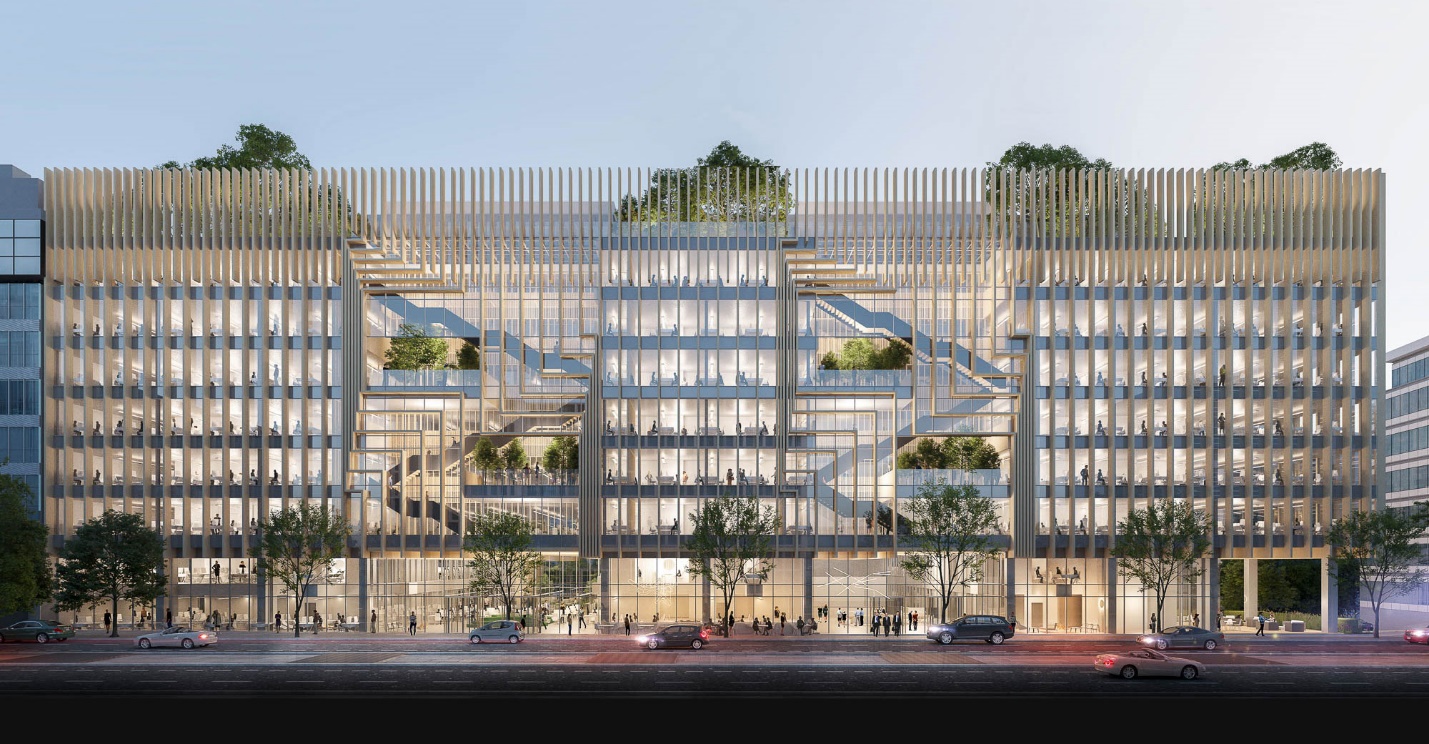Community Connections
Town and gown relationships between academic health centers and surrounding community components have often been strained because the centers may thrive while surrounding areas suffer. Each center and their community have unique issues. Planning a center in isolation leaves opportunities on the table; however, planning with the community can take the positives of both and create synergies. Mash-ups of urban and academic health planning can strengthen both and provide a foundation for innovation districts.
Health Corridors
Health-oriented developments are becoming a catalyst for creating healthy communities. There is no better center of a health-oriented development than an academic health center where research, education and care are integrated to advance health and focus the expertise within the surrounding community.
Four goals for health-oriented developments:
- Catalyzing a healthy community
- Reducing health disparities
- Providing generational connectivity
- Living, working and playing in a sustainable, walkable community
Innovation Districts
Historically, university science parks were developed to connect industry and academia in underdeveloped areas within reasonable proximity. The new model is to create a “sense of place” around the academic health center and research institutions by placing innovation districts adjacent to the center. Close collaboration between the institution and corporate partners — and a live-work-play lifestyle — has been a catalyst for innovation.
Resiliency: Emergency Preparedness
Academic health centers have been significantly impacted by hurricanes, flooding, earthquakes and health disasters such as pathogen outbreaks and pandemics — and so have the communities in which they reside. As the health and educational center of their community, planning for continuity of operations and damage mitigation and recovery is critical in these specialized facilities. With plans in place ahead of any emergency scenario, staff, caregivers, researchers and other personnel should know exactly how to respond to assist their communities.

